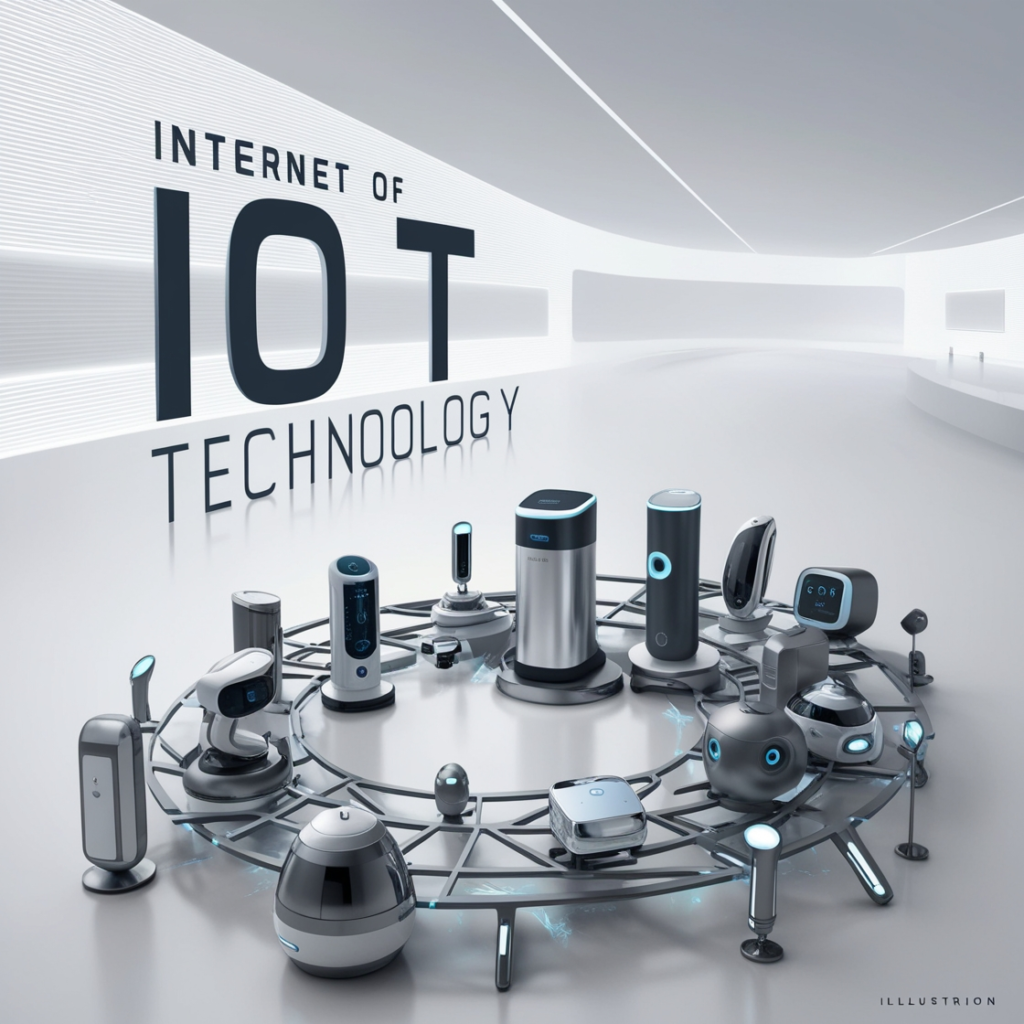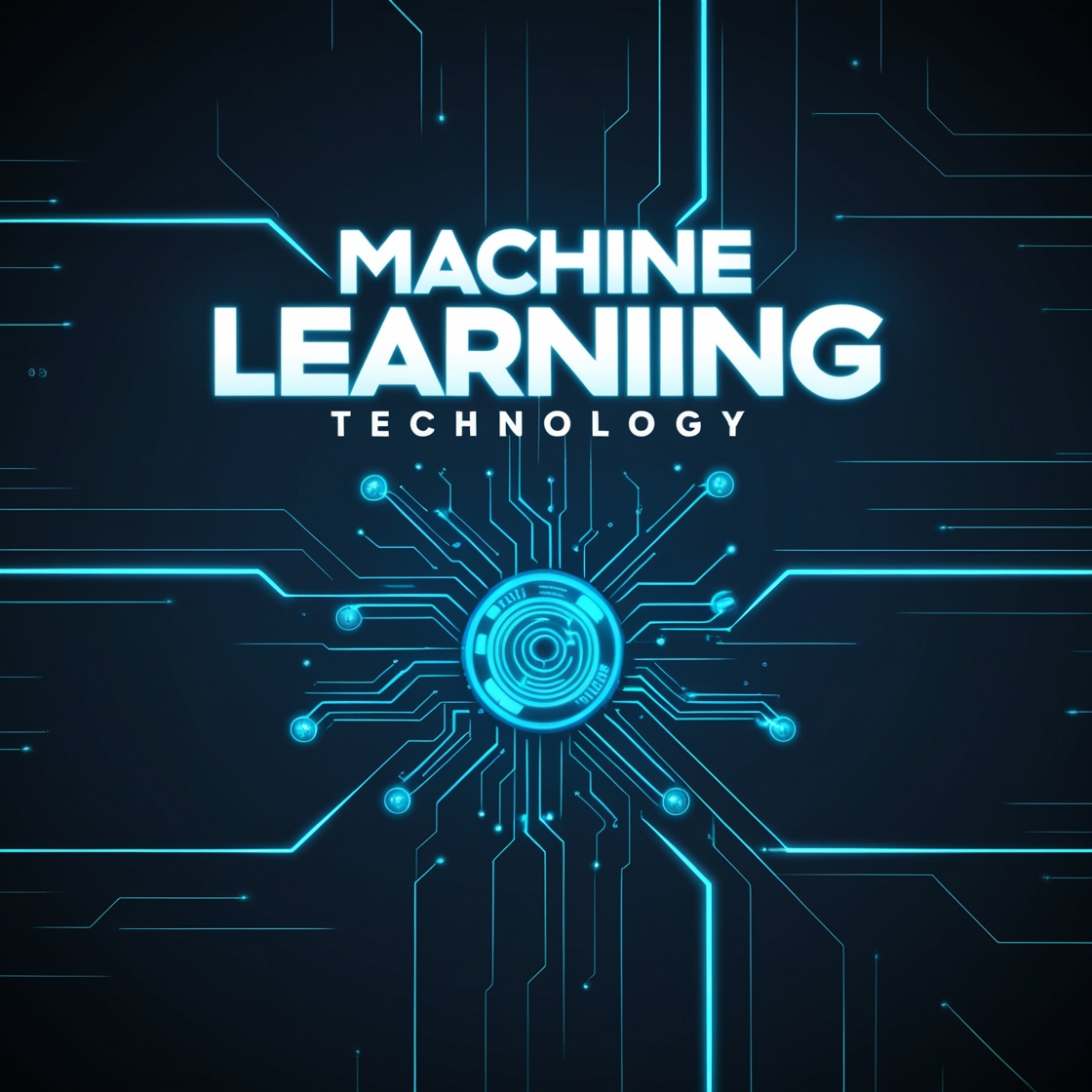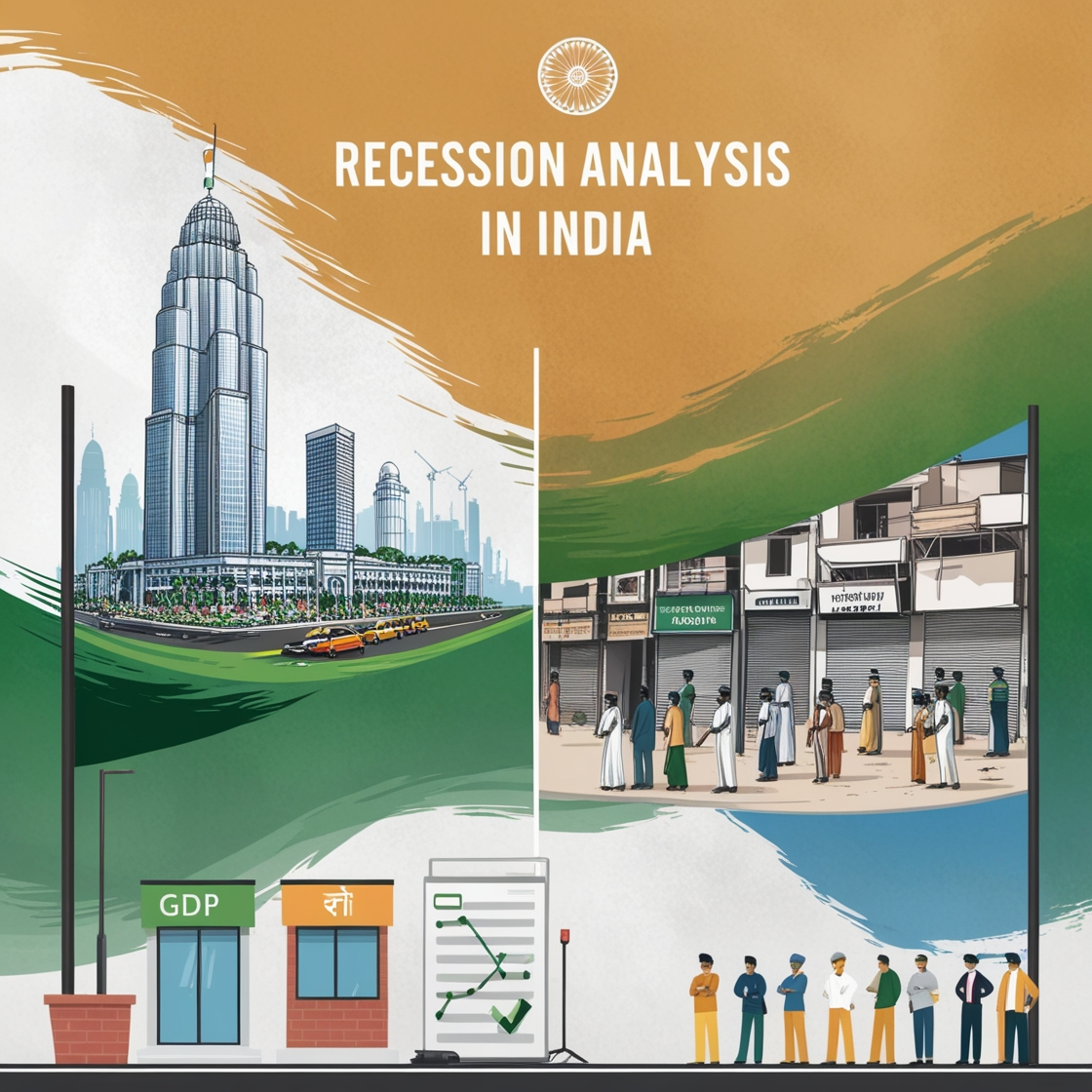In the blog, we present the future focus of IoT technology as 5G, edge computing, AI and ML, better security, and more.. It describes the approach towards solving interconnect, the idea of green architectures, utilization of the blockchain, and development of IoT on health solutions and smart, all the aspects of evolution of multiple domains.

Introduction :
Internet of Things (IoT) being a relatively new technology, it has significantly grown to be a common aspect of society and has influenced different fields such as healthcare, manufacturing, transport, and homes. The trend of going deeper into digital’s realm calls for increased integration of connected devices and the massive data that they produce, which leads to massive innovation and transformation. This blog post is aimed at exploring the trends in the development of IoT technology as well as the innovations that will define the future of interactions with the physical environment.
Enhanced Connectivity and 5G Integration :
Undoubtedly, the integration of 5G networks is one of the most distinctive approaches in the IoT technology. The 5G technology aims at bringing a less amount of delay and the connection of many devices, at a faster rate than the previous wireless generation. This integration is significant in IoT applications where time-sensitive data need to be processed in near real-time with high availability, a few examples include self-driving cars, smart cities, industrial automation and others. 5G deployment will provide for the creation of more efficient and sustainable IoT technologies which in turn will make way for new uses and optimized services.
https://timevision.in/wp-admin/post.php?post=715&action=edit
Edge Computing :
Another significant change that is defining the environment in which the IoT is located is Edge computing. Edge computing the data closer to originating point; curtails transmission delay, increase data privacy, and conserve bandwidth. IoT applications that churn out vast amounts of data become even more critical when they need urgent analysis and action, such as in health monitoring applications, IIoT, Smart Grids, and similar applications. In the case of edge computing, gadgets perform analytics and decision-making, resulting in faster responses.
Artificial Intelligence and Machine Learning :
As of the participants of the contemporary environment, there are new appearing novelties that are persistently widening the opportunities such as AI and Machine Learning along with the IoT is still discovering new horizons for analysis and automation. Using AI and ML methods, we can fashion electronic data from many IoT devices into patterns, validate consequences, and simplify processes. These synergies aid development in areas like predictive maintenance in manufacturing, personalized medicine, smart home systems, and more. As AI and ML advance, we will incorporate them more into IoT development, making it more autonomous and efficient.

IoT Security :
A similar situation is observed with security challenges, and as the number of connections increases, it becomes more critical. IoT systems are very vulnerable to cybersecurity threats, and the impacts are very severe, especially in infrastructures such as electricity or medical fields. As for the future trends in IoT security, they are as follows: one of the most important is the application of the effective encryption schemes, the usage of secure communication channels, as well as the modern approaches to authentication. Also, the idea of utilizing AI-based security that will be capable of analyzing the threats and respond to them while being in progress is turning into a necessity. It must be noted that privacy and security of IoT devices and data it produces will be the key to increased adoption by users.
Interoperability and Standardization:
These two are crucial elements as they help in the creation of an environment that will enable different IoT devices and platforms to communicate. This means that lack of widely applicable standards has been one of the biggest challenges when it comes to the use of IoT technology. New trends focus on designing open standards and reference models, enabling devices and systems of different generations and designs to relate to each other properly. Organizations like the Internet Engineering Task Force (IETF) and the Institute of Electrical and Electronics Engineers (IEEE) are currently taking initiatives to standardize IoT architectures for better compatibility and usability. By achieving interoperability, they can develop more holistic approaches for IoT ecosystems.
Sustainable IoT Solutions :
The social aspect, being one of the categories of the IoT, is the growing concern regarding the environmental effects of IoT technology, thus making the development of a sustainable IoT imperative. Future trends would include the following; there is currently an effort to design energy conserving gadgets, there are also advance efforts to incorporate renewable energy sources into use in the gadgets and devices manufacturing, lastly, there are ongoing efforts to incorporate better ecological practices in the manufacturing processes. For instance, smart cities are leveraging IoT systems to manage energy use, dispose of waste, and, in general, use resources efficiently. Thus, sustainable IoT solutions for the environment are not only beneficial to the environment but also for cost reduction and effectiveness in operations for the business and government sectors.
Blockchain and IoT :
The significance of blockchain in IoT is to increase the security, clarity, and reliability of the networks. This blockchain property can help to overcome many of the security issues related to IoT equipment, affected by data forgery and unauthorized access. As the future trend of development of blockchain to integrate into IoT to facilitate secure information exchange, the usage of smart contracts and smart devices management. One such pair is supply chain management where a blockchain can offer full transparency of goods beginning from their origin to the purchasers.
IoT in Healthcare :
In the future, the healthcare sector would be anticipating more improvements on IoT to be more efficient in its practices. Smart devices such as smart watches, remote health monitoring systems, and advanced medical equipment are helping the healthcare industry as they help in giving real time information and preventing the occurrence of diseases. Some trends are; enhancement of complex and non-contact check-up devices, smart diagnostic systems empowered by artificial intelligence, and teleservice delivery systems based on IoT for advanced catering to the community’s health needs. They can enhance the quality of patients’ treatment, decrease the expenses of clinics and help increase the general efficiency of medical activities.
IoT in Smart Cities :
https://www.techtarget.com/iotagenda/feature/IoT-data-provides-a-foundation-for-smart-city-use-cases
Conclusion :
The future of IoT technology will hold many more possibilities and technologies that will change the face of various aspects in life. Some of the emerging trends witnessed in the IoT system include; growth of B5G or 5G, emergence of edge computing, incorporation of AI/ ML, improvements in security, interoperability, and sustainability. Over the years, those technologies are expected to progress and create new prospects as well as advance innovations in different fields. Thus, aware of such trends, companies, administrations, and people can get the best from IoT and build the proper newer and wiser world.



